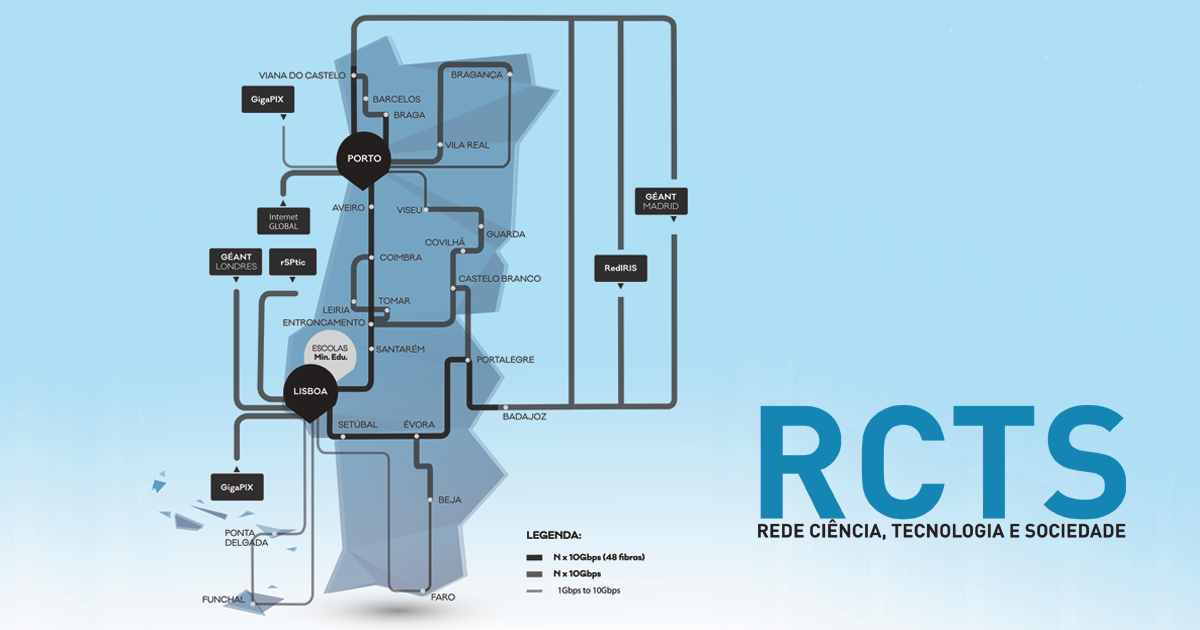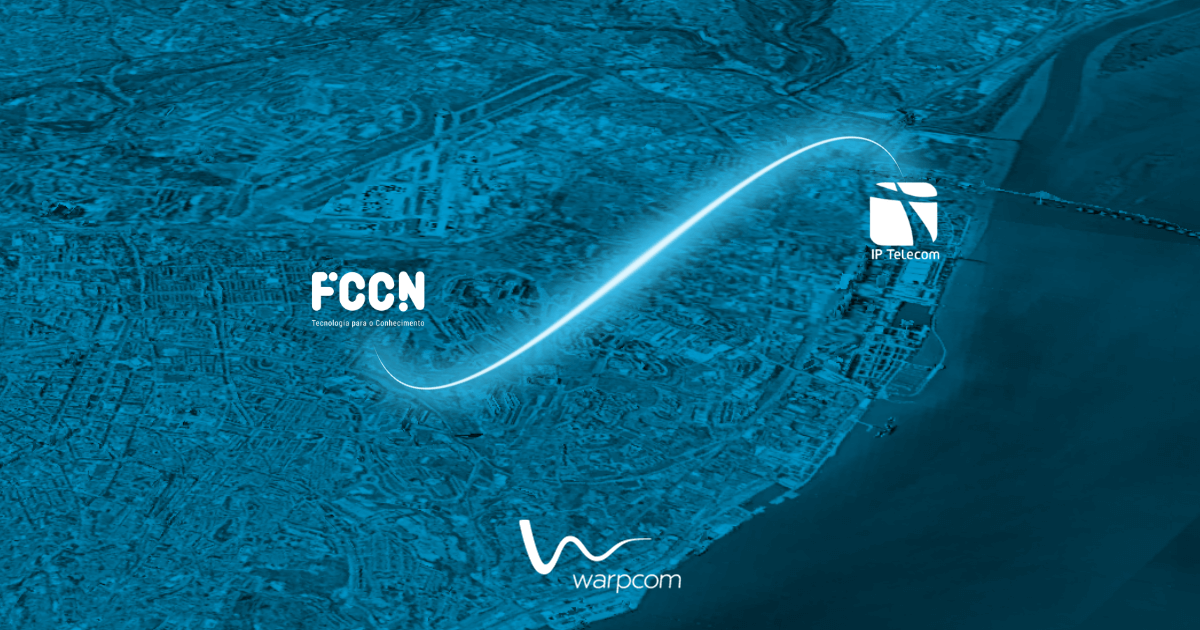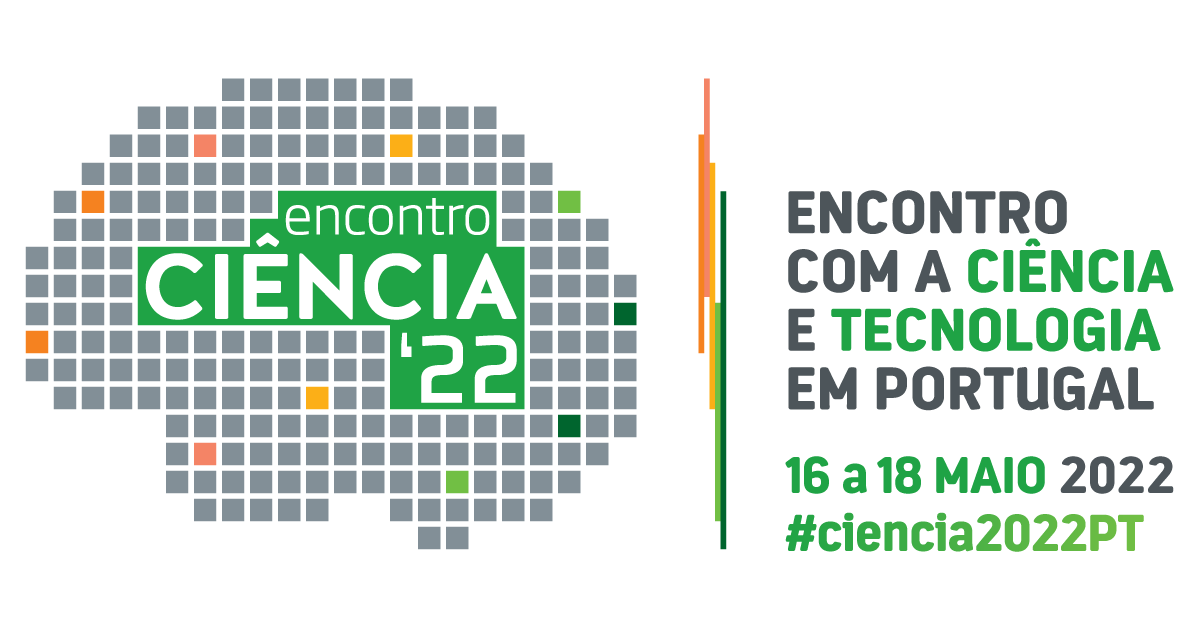

Tópicos deste artigo:
O passado, o presente e o futuro
A Rede Ciência, Tecnologia e Sociedade (RCTS) é uma das mais antigas redes nacionais de ensino e investigação da Europa. Portugal fez parte dos esforços pioneiros de desenvolvimento destas redes no continente, nomeadamente através das iniciativas Bitnet, EARN e RARE. A primeira acabou por evoluir para a segunda e, mais tarde, as duas últimas acabaram por fundir-se. Durante este processo, a operação técnica de ligação dos vários países Europeus foi sendo assegurada por entidades operacionais diversas.
Foram estes esforços de fundação de uma rede europeia de ensino e investigação – que envolveram a criação de uma entidade operacional denominada DANTE – que deram origem à atual associação GÉANT. A então Fundação para a Computação Científica Nacional (FCCN), atualmente Unidade FCCN, assegurou a participação nacional neste processo, assumindo muitas vezes um papel de liderança na sua evolução, desde a criação da associação RARE – Réseaux Associés pour la Recherche Européenne.
Se o contexto internacional foi marcado por esta continuidade, a realidade interna foi bastante diferente. A situação geográfica do país e a liberalização tardia das comunicações originaram grandes dificuldades no desenvolvimento de uma rede nacional. O processo de adequação dos recursos de transmissão disponibilizados às entidades e utilizadores nacionais foi lento, registando-se ainda dificuldades específicas nas ligações às regiões autónomas insulares que não foram completamente resolvidas.
A chegada da fibra
A grande alteração chegou com a aposta em passar a gerir diretamente os meios físicos de transmissão (fibra ótica). Este passo, dado em 2004, permitiu disponibilizar, nos locais servidos, débitos sem quaisquer limitações. Graças a esta possibilidade, a RCTS passou a servir a grande maioria da comunidade académica e de investigação, localizada no litoral do centro e norte.
Infelizmente, esta opção não esteve disponível em todas as regiões do país, deixando o interior norte e sul com soluções menos avançadas durante vários anos. Será agora, em 2021, através do projeto RCTS100, que se irá finalmente terminar o processo de resolução deste “Digital Divide” existente em Portugal continental.
A aposta na utilização direta de fibra ótica também abrangeu as ligações internacionais, através da implementação de duas ligações com a rede congénere espanhola (RedIRIS), em Badajoz e Valença do Minho. Estas ligações têm assegurado não só excelentes ligações com Espanha, como têm servido para melhorar as ligações à rede Europeia GÉANT e a redundância norte-sul em Portugal. Por essa razão, estes meios de comunicação continuarão a ser potenciados na futura rede GÉANT, com ligações redundantes no norte e no sul e com ligação ao novo cabo ELLA.LINK, entre Sines e Fortaleza.
Mais do que uma rede
Durante todas estas evoluções da rede, a nível nacional e internacional, foram sendo desenvolvidos sobre esta serviços orientados para as diversas comunidades de utilizadores. Nesse sentido, os serviços de rede criados inserem-se nas áreas da colaboração, da segurança, do conhecimento e, mais recentemente, da computação e dos dados de investigação.
Detalhar todos os serviços da rede de ensino e investigação, bem como a sua evolução, requer mais espaço do que o disponível neste texto. Neste momento, contam-se cerca de 38 projetos e serviços disponibilizados pela Unidade FCCN através da RCTS, sendo que a informação aprofundada sobre cada um deles poderá ser consultada no novo site da Unidade FCCN.
Contudo, é importante salientar ainda que, sobre o alicerce fundamental que é esta rede, foi possível desenvolver um portfólio de serviços rico, que têm hoje uma elevada utilização e qualidade. Estes são serviços com um impacto direto nas comunidades de ensino e investigação, facilitando os seus processos de trabalho e agilizando o acesso a recursos digitais avançados.
E o futuro?
Se 2021 representa um marco no desenvolvimento da RCTS, em termos de capacidade e topologia nacional e internacional, há ainda desafios importantes a vencer. Para além da importância da resolução das referidas dificuldades nas ligações às regiões autónomas, destaca-se a necessidade de desenvolver a capacidade de datacenters em outras regiões do país, nomeadamente a norte.
Através deste passo, será possível obter uma maior redundância geográfica no alojamento dos equipamentos de suporte aos vários serviços. Simultaneamente, este esforço deverá ser conjugado com uma crescente adoção de soluções comerciais cloud, sempre que estas se mostrem vantajosas.
Ao longo de todas estas mudanças, tem sido fundamental dispor de uma rede nacional de ensino e investigação em que a governance se mantém firmemente na área governativa da ciência e ensino superior. Esta afiliação tem permitido respostas rápidas às solicitações que vão surgindo, através da adoção de soluções flexíveis e do desenvolvimento dos serviços avançados numa lógica de maior adaptação às necessidades das comunidades servidas.
As vantagens desta evolução ficaram patentes durante a pandemia da Covid-19. Foi graças ao aumento da capacidade e flexibilidade da rede e respetivos serviços que foi possível adaptar rapidamente os processos de trabalho das comunidades de ensino e investigação. Tudo para que, de forma segura e acessível a todos, as atividades letivas e científicas pudessem continuar. Independentemente dos desafios que possam surgir, essa será sempre a missão da RCTS.











